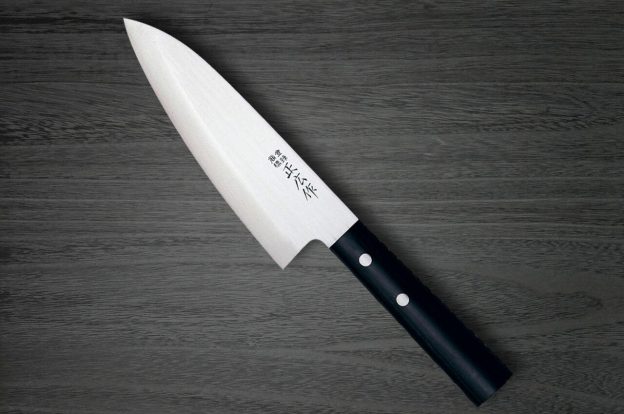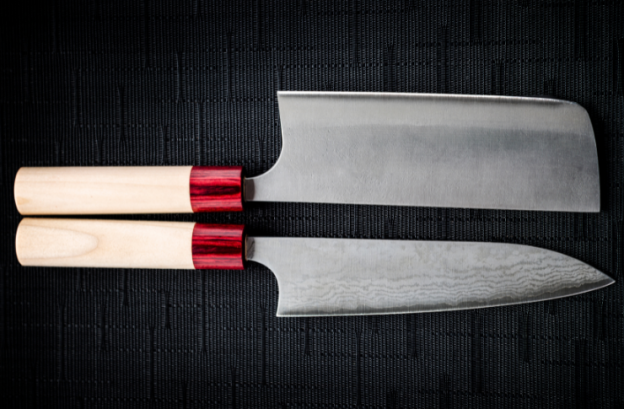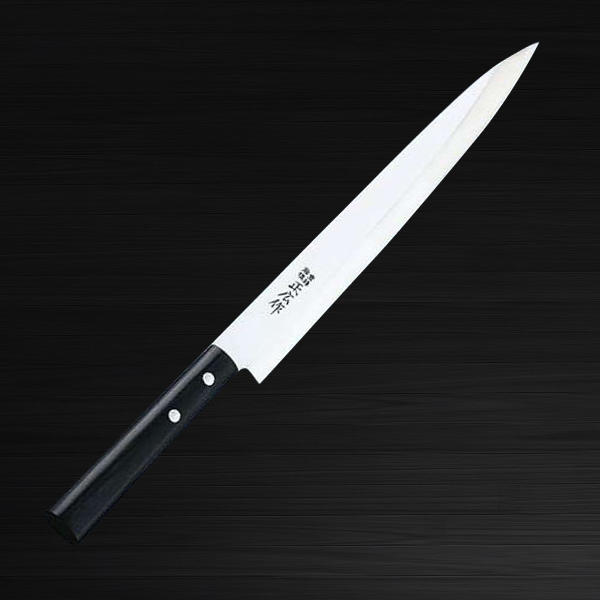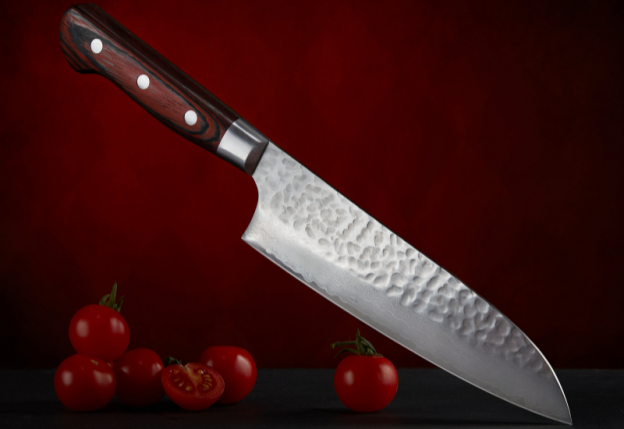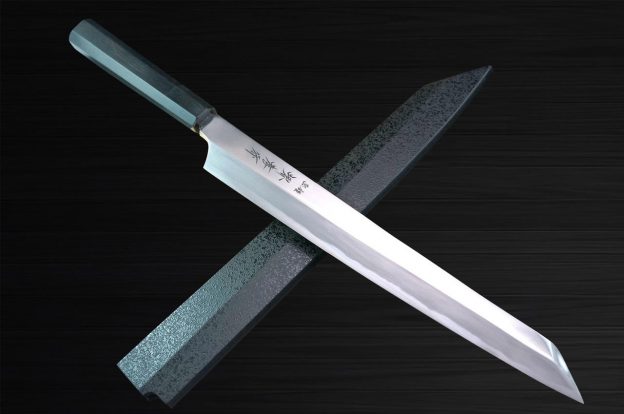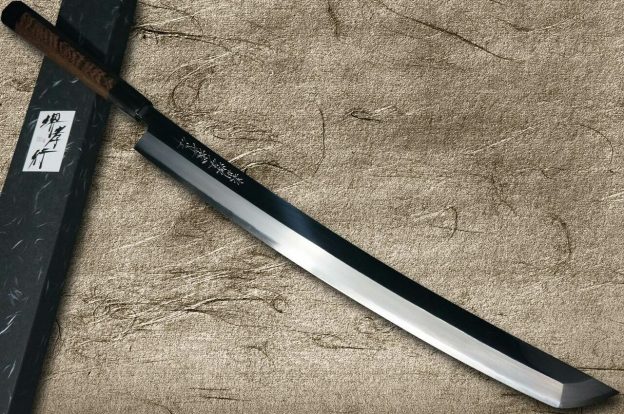img by : hocho-knife.com
The Masahiro Deba Knife is a notable culinary tool, especially esteemed for its unique features and quality craftsmanship, originating from Seki, Japan. Here are some of its distinguishing features:
Blade Material
Masahiro Deba knives are crafted from high-quality stainless steel, specifically their unique MBS-26 high carbon stainless steel. This material is comparable to VG-10 stainless steel but is forged in a way that makes it more flexible and softer, enhancing its usability.
Edge Design
A standout feature of Masahiro knives is their asymmetrical edge, forged at an 80/20 angle. This design makes the blade thinner and sharper than many others on the market. The asymmetrical edge also contributes to precise cutting, chopping, and slicing.
Handle Material and Design
The handles of Masahiro knives are typically made from durable resin, which is moisture-resistant and less prone to harboring bacteria. This material choice ensures longevity and hygiene. Additionally, the handles are designed to be larger and ergonomic, providing a comfortable and secure grip during use.
Sharpness and Ease of Maintenance
These knives are known for their exceptional sharpness and edge retention. They also feature a quick honing design, making them easier to sharpen due to their ground and bolster-less design.
Overall Construction
The Masahiro Deba Knife offers a balanced experience, with its lightweight design and full tang construction, which ensures stability and control during cutting tasks. The blade and handle are connected securely with rivets, enhancing the knife’s durability and longevity.
Hygiene and Safety
The handle’s composite material not only provides a comfortable grip but also has protective features against bacterial growth, making it more hygienic for regular use.
These features collectively contribute to the Masahiro Deba Knife’s reputation as a high-quality, professional-grade culinary tool, suitable for both home and professional kitchens. The knife is designed with both functionality and aesthetics in mind, making it a valuable addition to any cook’s arsenal.
